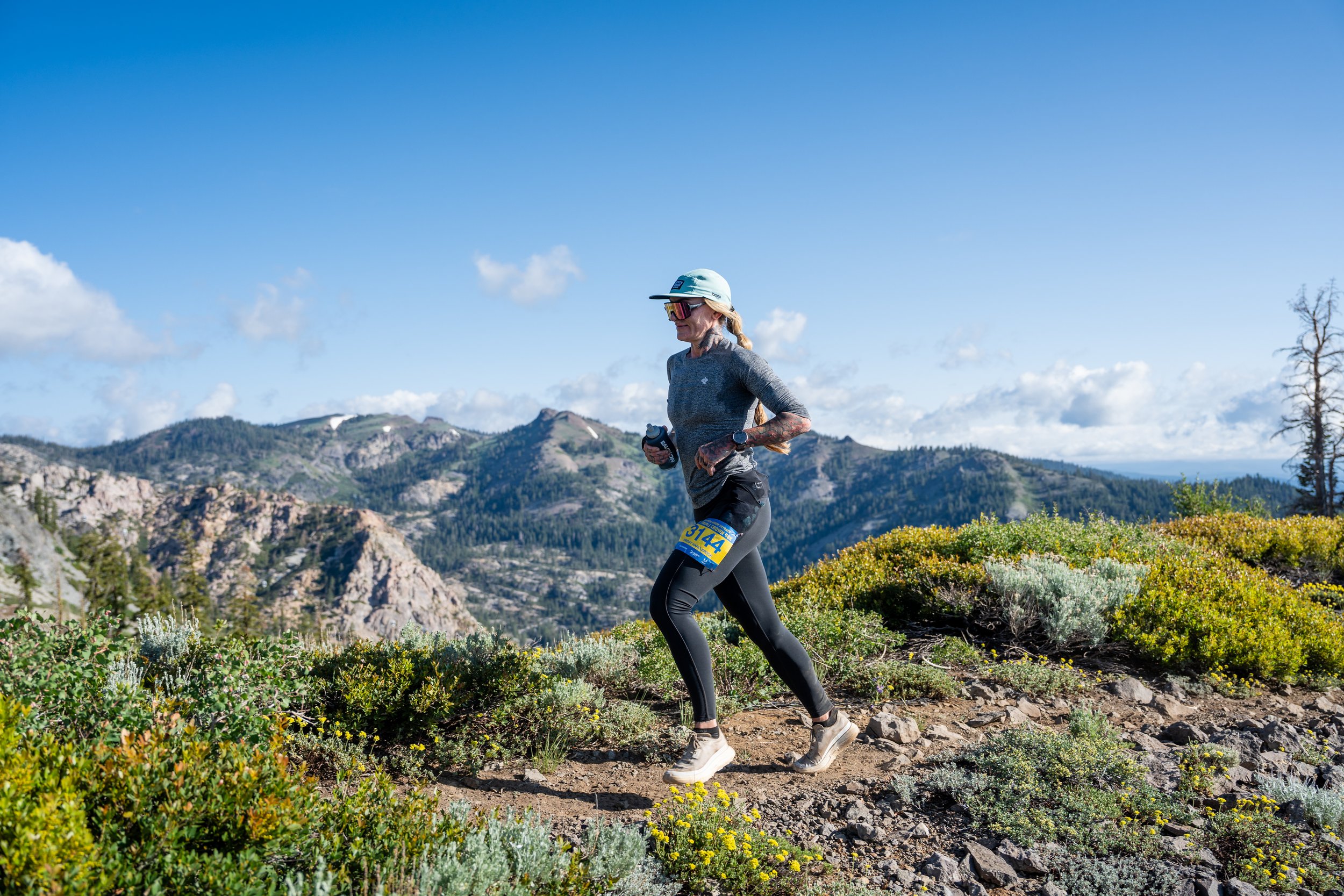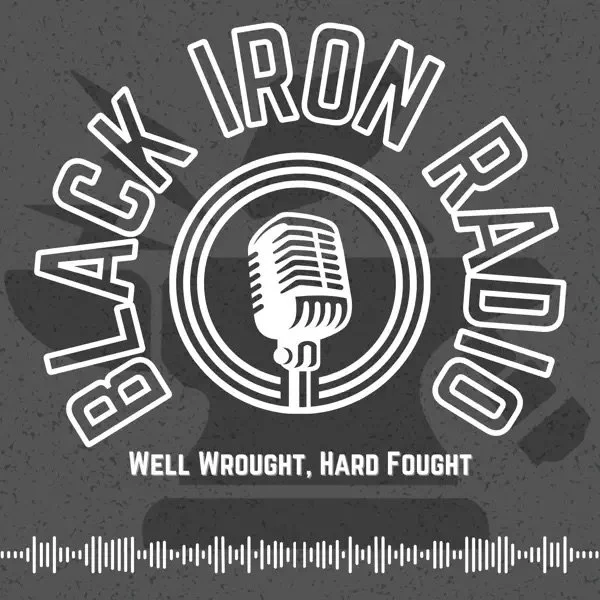So You Want To Nail Your Competition Day Nutrition
In this blog post, we’re breaking down the latest episode of Black Iron Radio, where Krissy, Amanda, and Ryann dive into the strategy behind event day nutrition as a follow up on last week’s fueling around training episode. If you’ve ever wondered what to eat before and during a big race, event, meet, or objective, this episode covers it all. We’ve taken the key points from the conversation and turned them into a clear, practical guide to help you fuel smarter to compete harder and stronger.
BLACK IRON RADIO EP. 264: SO YOU WANT TO NAIL YOUR COMPETITION DAY NUTRITION
Dialing in your event day nutrition can make or break your performance, yet so many athletes leave it to chance. Krissy, Amanda, and Ryann follow up on last week’s episode to break down exactly how to nail your nutrition strategy before, during, and after your competition. The team chats carb loading, fueling souces and frequency, hydration, managing extreme conditions, and post-race recovery. Because your best performance requires being prepared with your nutrition, not just fitness and grit!
📲 Listen & Subscribe: Apple Podcasts | Spotify
If you're an athlete preparing for a big race, competition, or event, your nutrition strategy shouldn't be an afterthought—it should be central to your training plan. At Black Iron, we often remind our athletes: nothing new on race day. Your training isn't just about physical prep; it's about dialing in your nutrition too. So let's dive into how you can master your nutrition to ensure you perform your best when it matters most.
Carb Loading: Do You Need It?
Carb loading isn't essential for every athlete, but for endurance events lasting over 90 minutes, it can significantly enhance performance. Typically, you should aim for 8-12 grams of carbs per kilogram of body weight for one to three days before your event. The goal? Fill up those muscle glycogen stores to delay fatigue and avoid hitting "the wall." It's normal to feel a little bloated during carb loading, you're storing extra glycogen and water in your muscles. Keep fiber, fat, and protein relatively low and distribute your carbs evenly across meals to minimize discomfort. Our “Power of Carbs” episode covers carb loading in more detail!
Pre-Race Meals: Stick with the Familiar
Your pre-event meal should mirror what worked during your training. Timing matters: if your race is early, you'll need to wake up earlier to eat your trusted meal, whether that's a bagel with honey, oatmeal, or whatever you’ve found works best for you. Stick to normal portion sizes, now isn't the time to experiment or double your food intake. If nerves make eating challenging, break your meal into smaller snacks and sip on easily digestible carbs closer to start time.
Topping Off Before the Start
Even after carb loading and your pre-race meal, it's beneficial to top off your glycogen stores about 15-30 minutes before your start. Easy-to-digest options like gels, gummies, or sports drinks work best.
During the Event: Fuel Early and Often
Fueling during your event should follow a time-based schedule rather than mileage markers, preventing gaps if your pacing changes. For endurance activities, aim for 60-100 grams of carbs per hour, consumed in small increments every 15-20 minutes. Start early, don't wait until you're hungry. Remember, once you're behind on fueling, catching up is nearly impossible without risking GI distress.
Always carry extra fuel to cover unexpected situations, and know exactly what's available at aid stations. Practice with these products in training to ensure your stomach agrees on race day.
Managing Hydration & Electrolytes
GI distress is often related to improper hydration. Aim for 4-8 ounces of fluids every 20 minutes during events lasting longer than an hour, adjusting for weather and personal sweat rate. Sodium is the primary electrolyte you'll need to replenish, aiming for 500-1000 milligrams per hour depending on hoe salty of a sweater you are.
Dealing with the Extremes
Altitude, heat, humidity, and even cold significantly increase your glycogen demand and fluid needs. Prepare accordingly and anticipate lower appetite in these conditions. Don't trust your hunger cues; stick strictly to your fueling plan.
Post-Race Recovery Nutrition
Recovery starts immediately post-race. Even if you're not hungry, prioritize getting carbs and protein down as soon as possible. Easy options like chocolate milk, protein shakes, or simple snacks can jumpstart recovery. Follow this up with regular meals, especially after longer events, as your CNS and muscles need significant calories and rest to fully recover.
Key Takeaways
Your event isn't about toughness; it's about fueling correctly so you can express your hard-earned fitness and enjoy the experience. Nutrition mistakes can derail months of training, but careful preparation and practice help you nail your performance goals.
Need extra help dialing in your nutrition? Black Iron offers strategy sessions, month-to-month coaching, and our real-time feedback program, FE26, tailored to your needs. Let us help you perform your best when it matters most.
🎙️ WANT MORE? SUBSCRIBE TO BLACK IRON RADIO!
If you enjoyed this conversation, check out more episodes of Black Iron Radio, where we cut through the noise and give you real, no-BS advice on feeling, performing, and looking your best. Each week we share practical nutrition, training, and wellness strategies and tips to help you succeed.
📲 Listen & Subscribe: Apple Podcasts | Spotify


